New insights into the migration and wintering areas of Scottish-breeding Arctic Skuas

Author(s): O’Hanlon, N.J., van Bemmelen, R.S.A., Conway, G.J., Thaxter, C.B., Aiton, H., Aiton, D., Balmer, D.E., Calladine, J.R., Harris, S.J. & Humphreys, E.M.
Published: September 2024
Journal: British Birds Volume: 117
View publicationArctic Skuas breed in dwindling numbers on Scotland’s northern coasts and islands. The Arctic Skua is the fastest declining seabird species in the UK and has been on the Birds of Conservation Concern Red List since 2009. Like other seabirds, this species is easiest to study during the breeding season, but understanding the pressures it faces at other times of the year is key to formulating effective conservation action. A crucial part of this is knowing where Arctic Skuas are actually found outside the breeding season.
In this study, scientists from BTO Scotland fitted individuals nesting on Fair Isle (Shetland) and Rousay (Orkney) with geolocators, to record their position on migration and during our winter months. The results reveal that birds from both Fair Isle and Rousay, which are no further than 90 km apart, wintered thousands of kilometres away from one another. Some migrated to the Canary Current off West Africa, while most travelled further into the southern hemisphere, wintering off south-west Africa or south-east South America, and covering distances of over 10,000 km.
The study also mapped the routes taken by the Arctic Skuas during their long migrations and pinpointed refuelling areas where birds stopped to rest and feed during their journeys. After departing their breeding colonies in autumn, most birds headed south through the North Sea and English Channel, continuing along the Iberian Peninsula before heading south further still. In contrast, during spring migration, the tagged Arctic Skuas all converged on an important feeding hotspot in the mid North Atlantic Ocean, where they could feed up ready for the upcoming breeding season back in Scotland.
Identifying where these wide-ranging seabirds spend their time away from their breeding colonies helps uncover the threats they may face, and how these may impact their survival and future breeding success. This knowledge will help to prioritise future research and conservation actions to protect this declining species.
Abstract
Notes
BTO research was funded by several generous individual donors. Special thanks to everyone who helped with fieldwork and all landowners, including Fair Isle Bird Observatory. Helen and David Aiton’s work on Rousay is supported by grants from the ScottishOrnithologists’ Club and British Birds Charitable Trust.


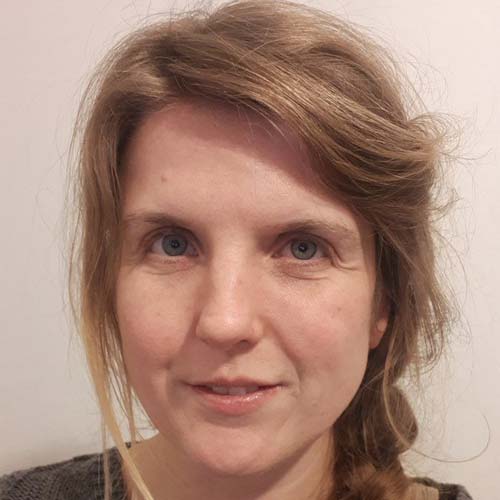
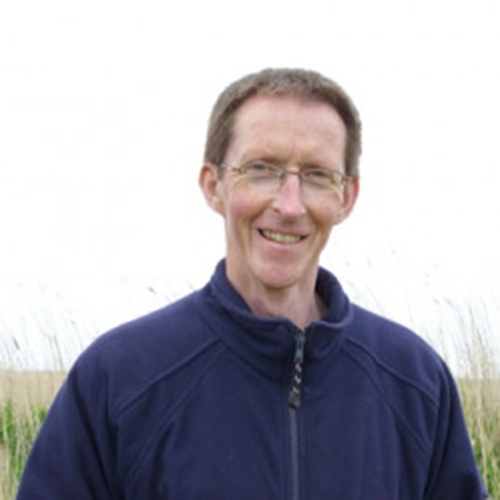





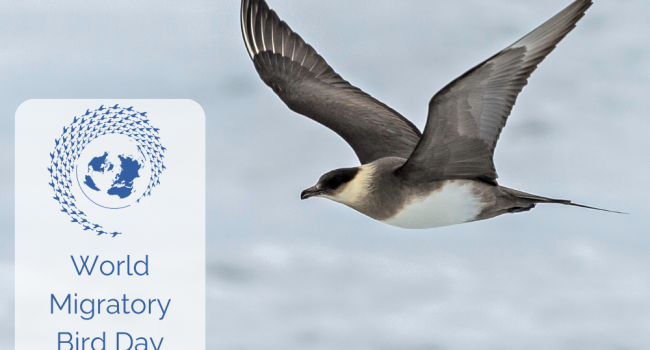
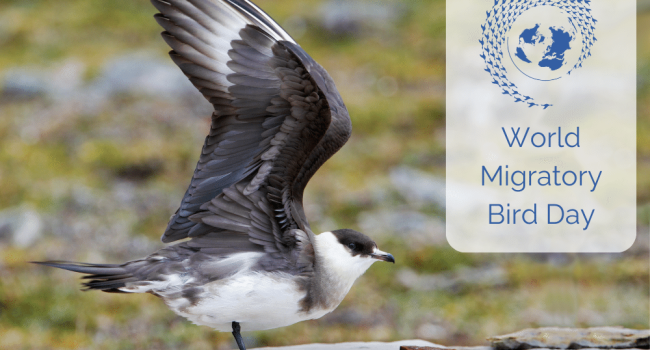
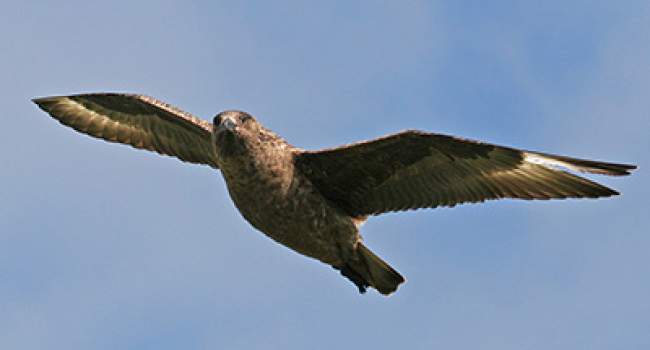

Share this page